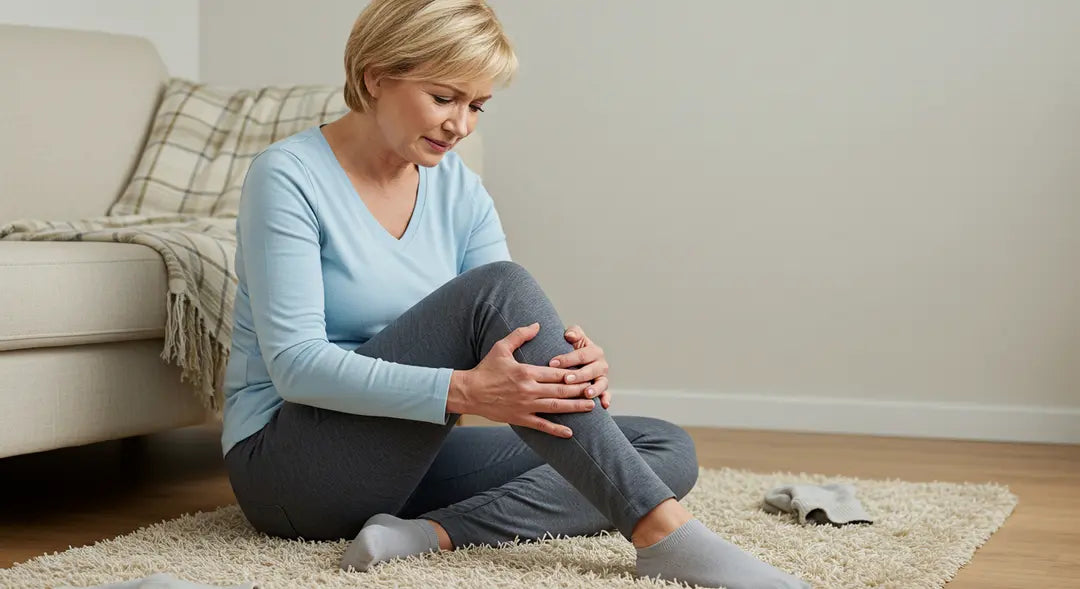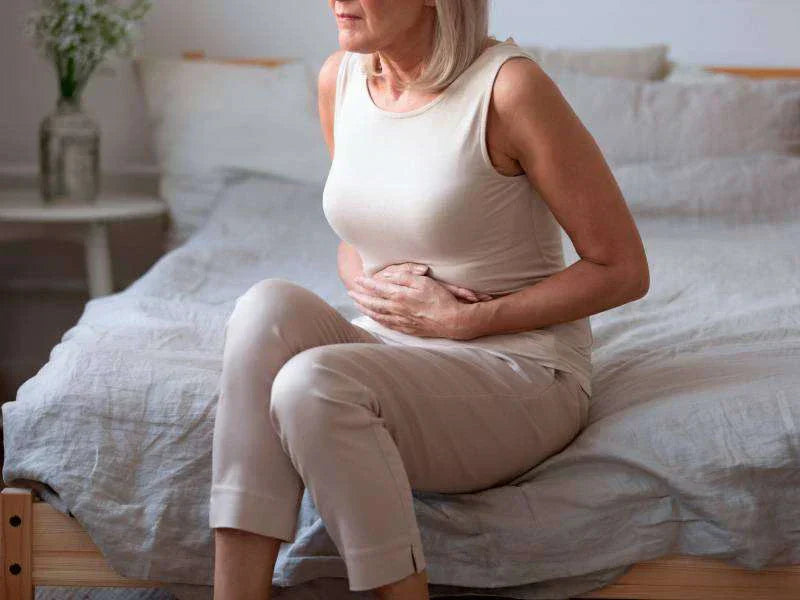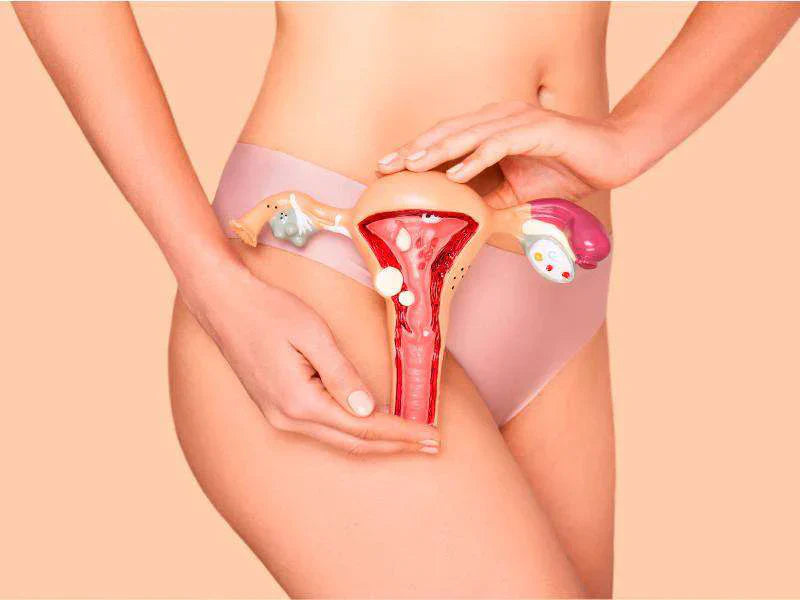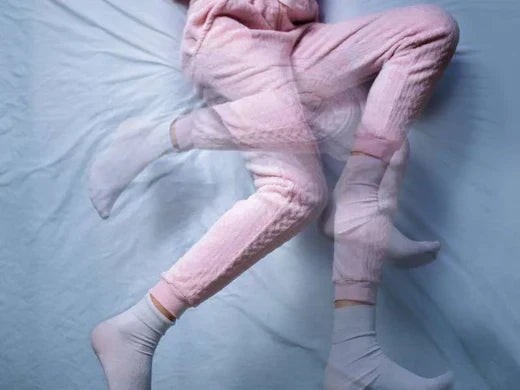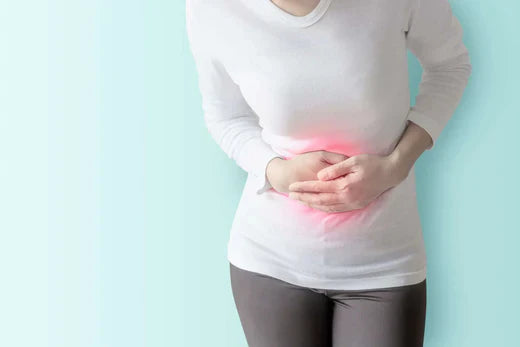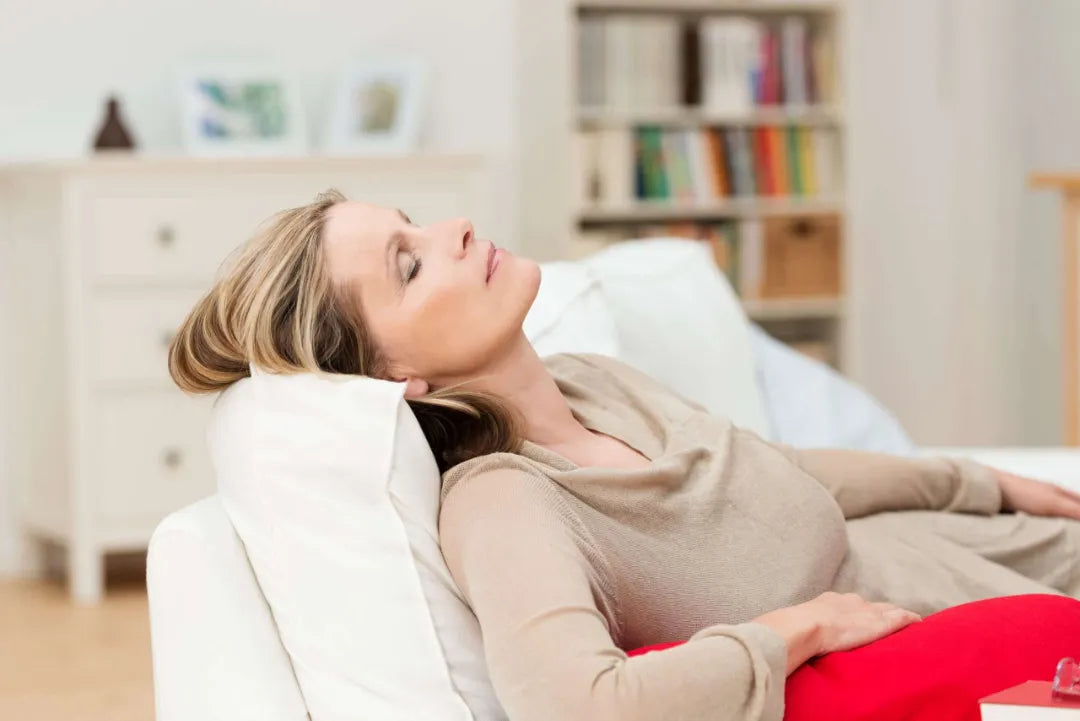Poor circulation is a common but often overlooked issue during menopause. It can substantially impact a woman’s quality of life at this stage, as hormonal fluctuations directly influence the circulatory system (1).
In this article, we’ll explore the causes of circulation problems, their primary risk factors, and simple yet effective ways to improve circulation and reduce associated health risks.
But... Why does it happen? How can we identify it? And most importantly: What can we do to improve it? Throughout this article, you will discover the causes behind this problem. We will also detail its main risk factors. Finally, we will share the most effective strategies to mitigate it and avoid complications.
Hormonal changes and their impact on poor circulation
During the menopausal transition, declining estrogen levels have a direct impact on vascular health. This hormonal shift reduces the elasticity of blood vessels, promotes cholesterol buildup, and can lead to arterial stiffness. As a result, poor circulation becomes more common, exacerbating issues such as fluid retention, varicose veins, and persistent leg fatigue (1).
This scenario explains why many women experience poor circulation at this stage (1). In addition, mood disorders such as stress, anxiety, or depression can worsen the situation. This occurs when blood pressure temporarily rises (2).
Risk factors for poor circulation during menopause
Several factors can increase the chance of developing circulation problems during menopause (1-3):
-
Poor diet: High saturated fat diets, sugars, and processed foods damage vascular health.
-
Sedentary lifestyle: Lack of exercise slows down blood flow.
Overweight: Excess weight puts pressure on the veins, making it harder for blood to return to the heart.
-
Mood disorders: Stress, anxiety, and depression raise blood pressure and interfere with the system that regulates automatic body functions.
-
Smoking: Promotes plaque formation in the arteries.
-
Chronic diseases: Diabetes and hypertension are major enemies of circulation.
-
Pelvic problems: Conditions like uterine fibroid, pelvic floor dysfunction, or pelvic organ prolapse can compress blood vessels in the pelvis, causing pelvic pain and poor blood flow from the veins.
Common symptoms of poor circulation during menopause

If you experience one or more of the following symptoms, you may be dealing with circulation problems like (1, 3):
-
Swollen legs and feet.
-
Spider veins or varicose veins.
-
Tingling, numbness, or leg cramps.
-
Cold hands and feet.
-
Fatigue and heaviness in the limbs.
-
Changes in skin colour (paleness or bluish tones).
Diagnosing poor circulation: when to see a doctor
On the other hand, if poor blood flow symptoms persist or get worse, it’s advisable to consult a healthcare provider. They may recommend the following tests (1, 2):
-
Physical exams and blood tests.
-
Imaging studies such as Doppler ultrasound or pelvic ultrasound, especially if there’s pelvic pain or suspected reproductive organ issues.
Early evaluation helps rule out other causes and determine the most appropriate treatment (1, 2).
Medical and natural treatments to improve circulation
Managing poor circulation during menopause requires a comprehensive approach with both medical and natural options, including (1, 2, 3):
-
Medications to improve blood flow, control cholesterol, and prevent clots.
-
Compression stockings are beneficial for reducing swollen feet and varicose veins.
-
Lymphatic drainage massages to help move fluids and activate circulation.
-
Natural supplements like Issviva's menopause support product, which promotes circulatory health thanks to its formula of ginkgo biloba, vitamins, and minerals.
-
Vaginal tightening: In cases of pelvic floor dysfunction, this technique can help improve local circulation (3).
How to improve circulation during menopause
Making small adjustments to your daily routine can significantly improve circulation. Try these practical habits to enhance it and feel better (1, 2):
-
First, regular exercise, such as walking, swimming, or practising yoga, helps improve blood flow back to the heart from the veins and can boost your mood.
-
Second, balanced diet: Focus on a variety of food like fruits, vegetables, legumes, whole grains, and nuts. Avoid ultra-processed foods high in fats, sugars, and sodium.
-
Third, proper hydration. Drinking enough water prevents fluid retention and supports lymphatic drainage.
-
Fourth, avoid smoking and limit alcohol consumption.
Overall, poor circulation shouldn’t be seen as an inevitable consequence of menopause. With early medical care, healthy lifestyle changes, and the right support, you can prevent its effects and enjoy this stage of life with greater energy, mobility, and well-being.
Menopause can be an opportunity for self-care, reconnecting with your body, and embracing a new stage of fulfilment. Curious about other menopause symptoms? You may also be interested in learning about nocturia.
References
1) British Heart Foundation. Menopause and your heart [Internet]. [cited 2025 Jun 9]. Available from: https://www.bhf.org.uk/informationsupport/support/women-with-a-heart-condition/menopause-and-heart-disease
2) Mayo Clinic. Stress and high blood pressure: What's the connection? [Internet]. 2024 [cited 2025 Jun 11]. Available from: https://www.mayoclinic.org/es/diseases-conditions/high-blood-pressure/in-depth/stress-and-high-blood-pressure/art-20044190
3) Cleveland Clinic. Poor circulation [Internet]. 2021 [cited 2025 Jun 9]. Available from: https://my.clevelandclinic.org/health/diseases/21882-poor-circulation
4) Cleveland Clinic. Vaginal rejuvenation [Internet]. 2022 [cited 2025 Jun 9]. Available from: https://my.clevelandclinic.org/health/treatments/17761-energy-based-treatments-and-vaginal-rejuvenation
You May Also Like

JOIN US AND GET 10% OFF
Sign up to our newsletter to access free resources, advice and support.



